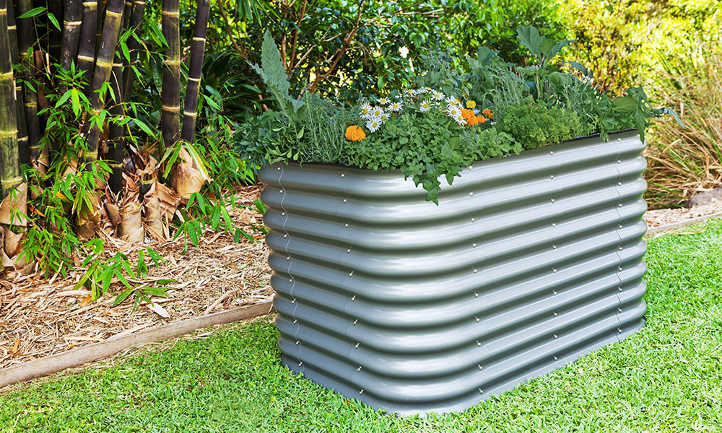
How To Grow Delicious Fruit In Birdies Tall Garden Beds
Share
Nothing beats having your own private stash of fruit waiting to be picked in the early morning hours - just outside your back door. The comparison in taste to shop-bought products is incomparable.
So here are our tips for growing the best fruit trees possible!
The First Important Steps
Like with most things, getting the foundation right is of paramount importance. Your local soil might be rich volcanic soil or difficult clay.
For fruit trees, you will need soil that drains easily. You can convert clay into good soil with a six-month-long conversion project - or you can use Tall garden beds filled with the perfect soil for the perfect harvests.
Fruit trees usually have shallow roots which makes them ideal for Tall planters and their small and fibrous structure makes them sensitive to soil quality and hydration (both over and under).
Your trees will want to be in the full sun for a minimum of six hours every day or they will not be robust, so choose your location well! North-facing and sunny is a prime location.
Planting Your Trees
Ask your fruit tree supplier which fruit trees are best suited for your specific location and discuss dwarf rootstock or stand rootstock with them. Dwarf varieties can be planted closer together.
The more time you spend preparing the soil, the healthier your plant will be. The soil should be robust enough to hold moisture on hot summer days but porous enough to let heavy drenching from winter rains run through. If you don’t get the latter right you will get root rot which you won’t observe until it’s too late.
It is recommended that you dig your planting hole to double the size of the tree’s root ball. This is an ideal time to test the drainage so fill it with water and watch how fast it drains. Three-quarters of an hour is a good draining time or maybe ten minutes more.
Now the exciting part starts, planting your healthy tree specimens. The first step is not to plant it but rather to let it rest in a trough or bucket of water for thirty minutes before planting it.
While it’s hydrating, spend more time preparing your soil with conditioners and water-retaining products.
Note: If you apply compost undiluted it can burn young roots as it often has a high PH.
Your planting hole soil should be reasonably similar to what the tree root ball is currently surrounded with so there is no root shock.
To Top It Off
If you have windy months, your young tree might benefit from being tied to a stake. Cover the top layer of soil with mulch to prevent UV leaching of the soil and to stabilise the soil temperature. You can also use groundcover plants combined with mulch until the groundcover has spread. Don’t place the mulch right up against the bark as the organisms eating the mulch will eat the bark as well.
Water, wait and harvest! And if you have any more questions, drop us a line!

 Australia
Australia United States
United States



